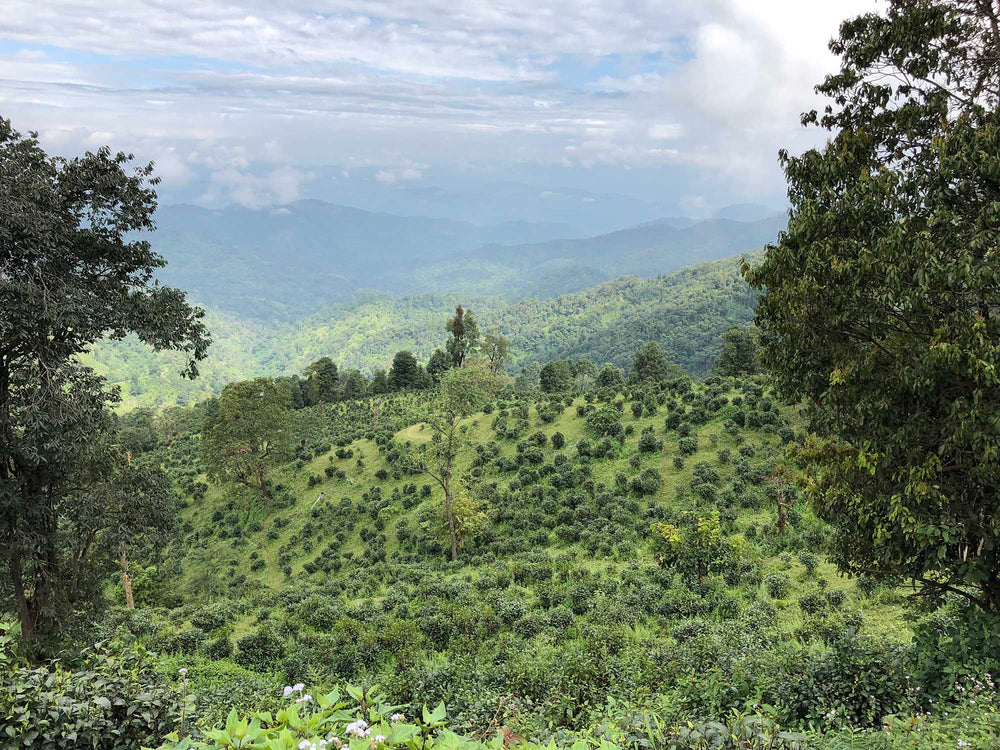Origins & Travel
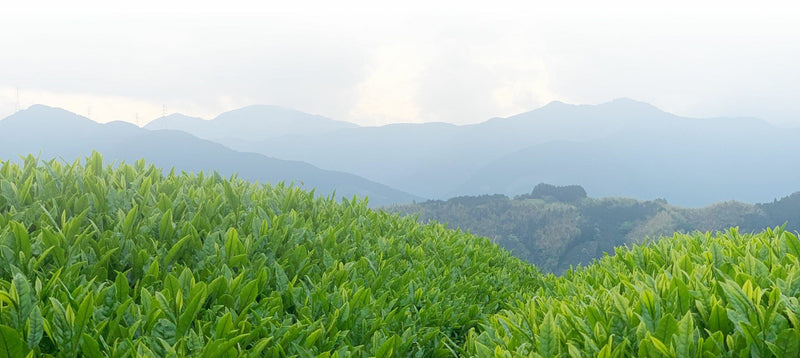
Origins & Travel
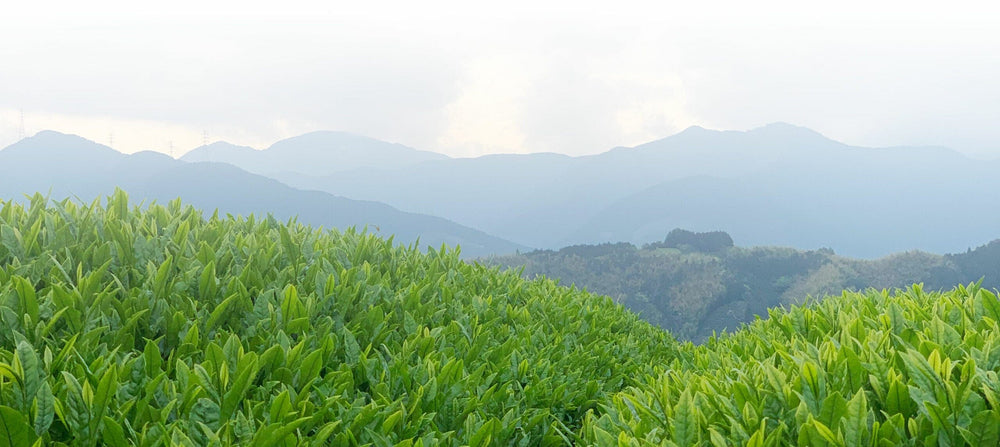



Japanese Kuradashi tea, intentionally “aged tea released for sale” is a unique and highly sought-after style of tea in Japan. Kuradashi tea are teas that have benefited from aging in the traditional method of storing and maturing green tea leaves for 1-2 years in special storage conditions, resulting in a distinctive flavor profile and enhanced quality.
In the springtime, Shincha or the “new tea” harvest is a much anticipated season. It is the time when the new crop sencha tea can be enjoyed shortly after it was freshly produced. During the Autumn and Winter, tea makers open their curated stocks and release intentionally aged “Kuradashi” teas.
The tea leaves used for Kuradashi allocations are high-quality green teas, such as Gyokuro or Sencha that benefit from proper aging. Shincha that is properly stored for 4-6 months starts to become less bittersweet and fresh and more round, smooth and less brisk and bitter. Aged green teas of high polyphenols or amino acids values tend to become more deep, warm, sweet and uniquely aromatic over storage time.
The term “Kuradashi” simply means “to open the stocks or granary storage”. During the Edo Period of Japanese history (1603-1868), teas from the key growing regions were specially wrapped in paper and packed in ceramic tea vessels to keep the quality from deteriorating during transport to the capital. The Shogun Tokugawa Ieyasu was particularly fond of tea that was aged in the cool mountain storage. Tea became less sharp and sweeter after storage. From this legend, the tradition was established that in Autumn, the Kuradashi tea is released and the ritual ceremony called Kuchikiri is practiced where the tea jars (Chatsubo) filled with aging tea are opened. In the Japanese tea ceremony tradition, this event opens the New Year of tea, and it is an important time for tea parties in the annual calendar of the Kyoto tea ceremony culture.
The storage period for Kuradashi tea can vary, but it generally ranges from several months to several years. During this time, the tea leaves are carefully stored in airtight containers, away from light, moisture, and strong odors. This controlled aging process allows the tea to undergo natural “fermentation” and oxidation, which leads to a complex and mellow flavor. The green tea infusion color also transforms over aging time with some teas becoming more golden , orange and dark in tea soup. Some modern methods of aging sencha and gyokuro include storing the teas in sealed bags and/or breathable bags placed inside wooden boxes stacked in a cold tea refrigerator. Some intentionally aged vintages are still stored in the proper environment and in traditional earthenware ceramic canisters known as “ Chatsubo” (tea storage vessel) in Japanese.
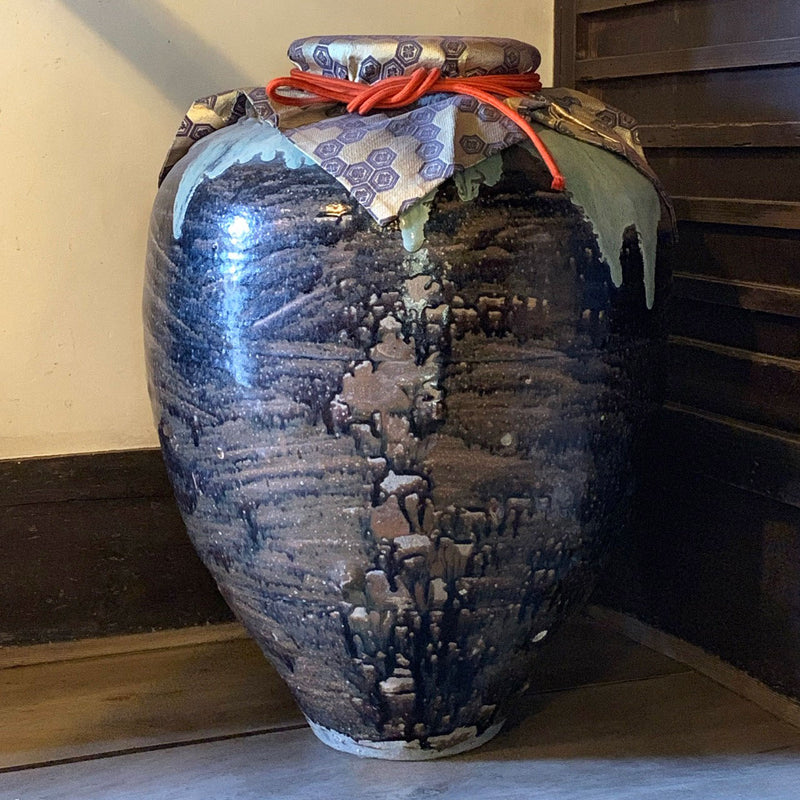
Chatsubo
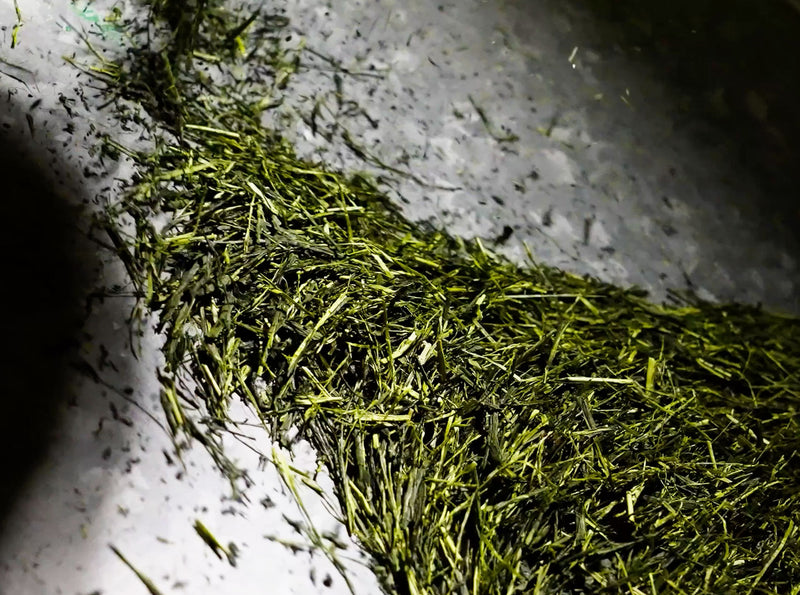
Kuradashi Tea
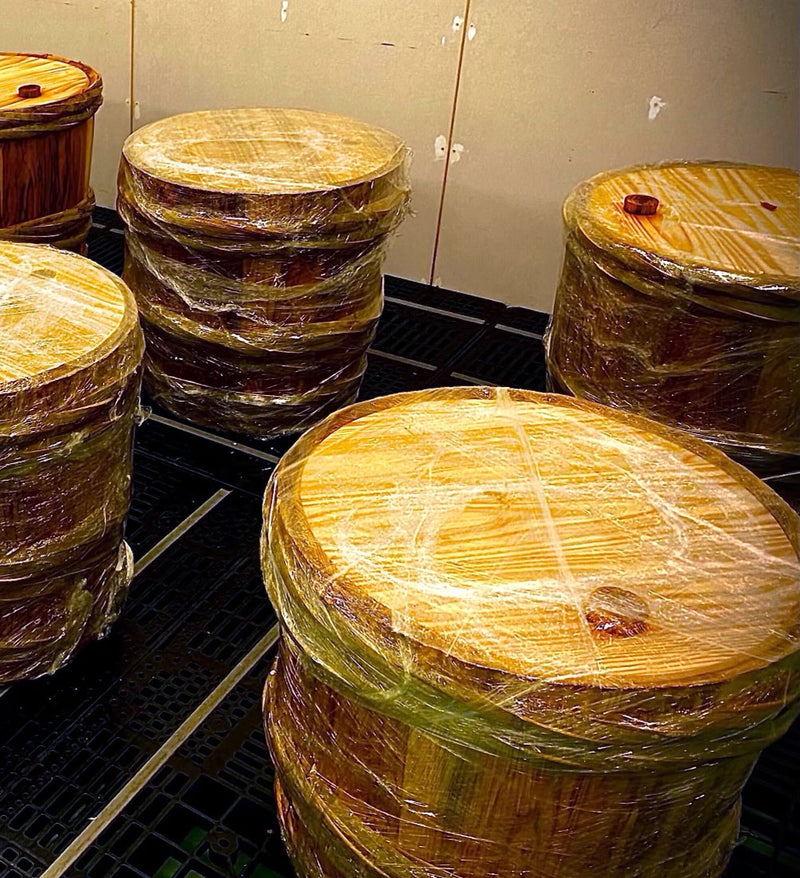
Kuradashi Sake Barrels
The release of Kuradashi tea depends on the desired level of aging and the tea producer’s judgment. Some Kuradashi teas are released after just a few months of storage, while others may be aged for several years. The decision to release the tea is based on the tea master’s expertise and their assessment of when the tea has reached its optimal flavor and aroma.
When Kuradashi tea is finally released, it is often highly regarded for its unique aromatic, in fusion color and matured tasting characteristics (like aged wine or whisky). The flavor profile of aged tea tends to be smoother, deeper, and less astringent compared to fresh teas and shincha. Aged and Kuradashi teas may exhibit notes of fruits, flowers, liquor, caramel, honey, roasted nuts, and even hints of earthiness. The aroma is often rich and inviting, with a lingering sweetness and some warmth. Lots of people feel green tea is too cooling, but Kuradashi teas are very different and worth a try for people that may not have found their favorite green tea due to green teas sharpness and cooling effect for some people.
Kuradashi tea is a true delight for tea enthusiasts, offering a distinct and refined tea-drinking experience. Its careful aging process and the resulting flavor transformation make it a cherished and valuable tea in Japanese tea culture. During our spring buying season travels in Japan, we selected a few unique expressions of the Kuradashi Aged Tea experience. Teas like our Kuradashi Sencha Sakura reach their peak fragrance of cherry blossom 1 year of aging while teas like our Kuradashi Gyokuro Kyotonabe was aged from 15 years in cold storage. Our Sake Barrel Aged Kuradashi sencha reaches its peak fragrance and smooth peachy taste after just 4 months of cellaring in cask that was formerly used for making Sake Rice Wine in Shizuoka, Japan.
Origins & Travel
Explore the world through our articles and travelogues from trips off the beaten path, visiting tea gardens and organic farms that we source from.
